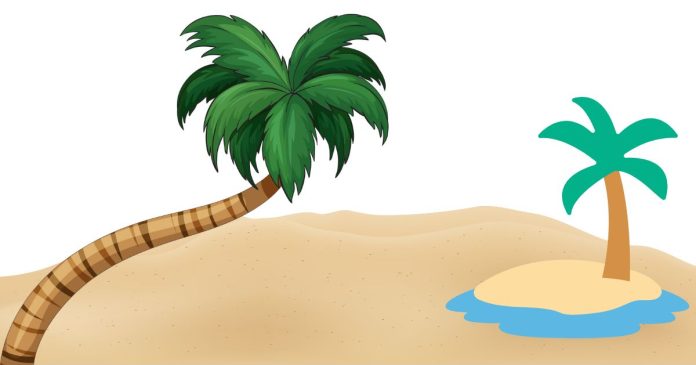When considering the concept of an island, it’s helpful to think about its defining features: an island is a piece of land completely surrounded by water. To identify its opposite, we need to imagine a geographic formation that is entirely water surrounded by land. The term that best fits this description is a lake or pond, depending on its size.
Defining an Island
An island is a landform, smaller than a continent, surrounded by water on all sides. Islands can exist in oceans, seas, rivers, or lakes and may be naturally formed or artificially created. Examples include:
- Natural islands like Hawaii or the Maldives.
- Man-made islands like the Palm Jumeirah in Dubai.
The key feature of an island is that it is land in the middle of water.
What Makes a Lake the Opposite?
A lake is a body of water that is completely surrounded by land, making it the inverse of an island. Here’s how the two compare:
- Island: Land surrounded by water.
- Lake: Water surrounded by land.
This clear distinction shows why a lake is often considered the geographical opposite of an island.
Other Interpretations
In a more figurative sense, the opposite of an island could be a continent, as continents are massive landmasses that are significantly larger than islands and are typically not surrounded entirely by water. However, in terms of strict geography, the lake is the closest direct opposite.
The opposite of an island, in terms of geography, is a lake—a body of water entirely encircled by land. Both are distinct natural formations that reflect the balance of land and water on Earth, highlighting the diversity of our planet’s landscapes.


